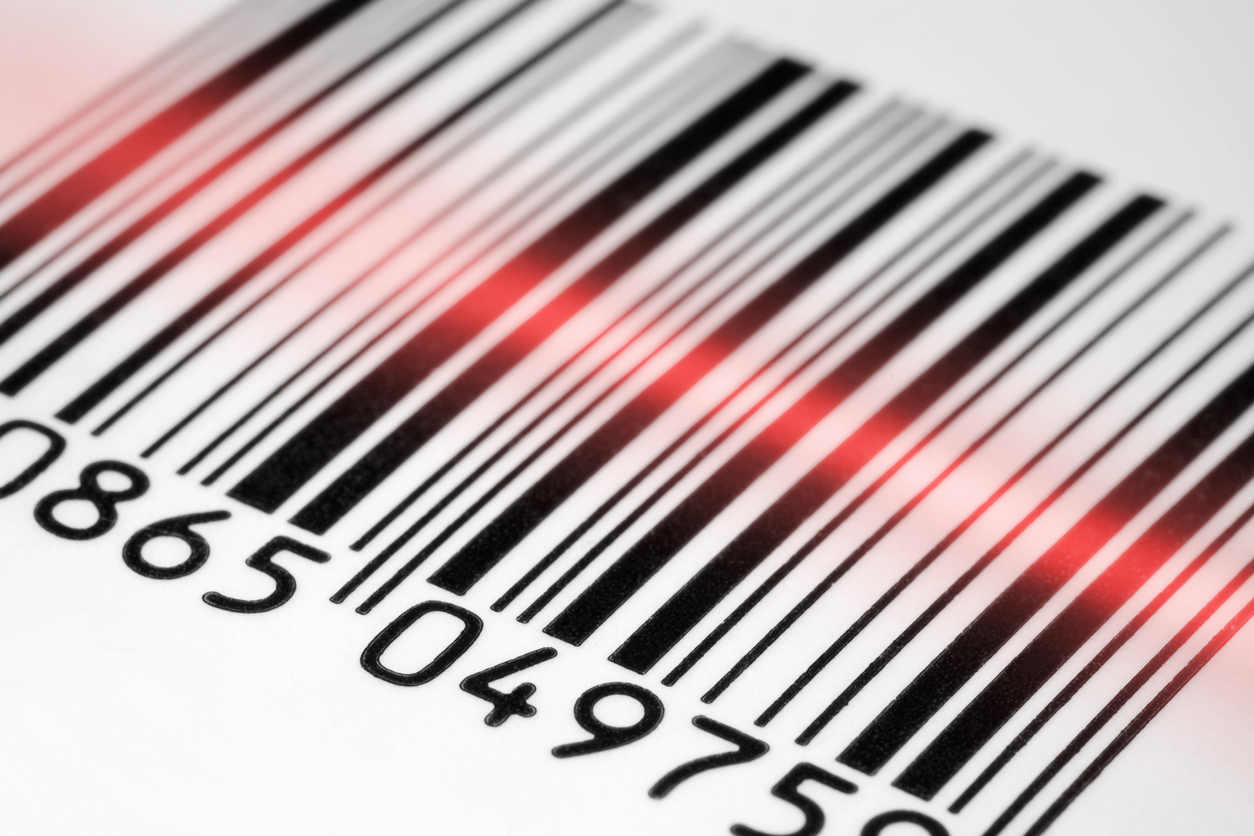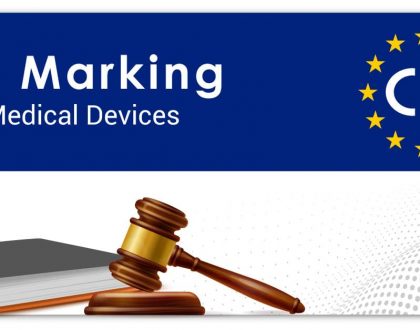Unique device identifiers (UDI)

by admin
What is it?
This is a system by which medical devices are identified through their distribution and use. UDI information must be placed on the label and/or package of the device and will be both human and machine-readable form. The UDI is a set of alphanumeric codes which consists of both a device identifier (this is company and product code) and production information (manufacturing information: product name, expiration date, lot/batch numbers, manufacturer details).
How and when to comply:
US (FDA)In 2013 the FDA released a rule which determined that there would be a common database for product identification, which would be applied to all medical devices on the US market. The FDA database is GUDID. US Compliance Dates:Class I = 2 year compliance period ending 24 Sept 2020 for labelling and Sept 2022 for direct marking.Class II and Class III = September 2018
EU
In 2017 the Medical Device Regulation (MDR) and In-Vitro Diagnostic Regulation (IVDR), defined the EU UDI system. The information which will be submitted to the EU UDI database is available in annex VI, Part B. This is aligned with the information required by the FDA’s GUDID, with minor differences i.e. single registration number, containing latex or specific substances. EUDAMED will be the central European database. As of publication of this blog, the EUDAMED database is not available.EU Compliance dates: (this is dependent on the establishment and availability of the EUDAMED database.)
Medical Devices:
Class III and implantable devices = 2021
Class IIa and Class IIb = 2023
Class I = 2025
IVD’s:Class D devices = 2023
Class C & B devices = 2025
Class A = 2027
Australia
The TGA will implement rules and policies that align with international coding standards of the UDI in the EU and of that of the FDA. Establishment of an Australian UDI (AusUDID) database, will be owned and managed by the TGA. As of publication of this blog, this has not been established.
Benefits
UDI implementation will improve patient safety, reporting of post market surveillance, reporting of adverse events, effective management of medical device recalls and in general, enhance healthcare business processes. This is a global process by which medical devices are traceable throughout the healthcare supply chain.
How to become compliant:
A good place to start is by looking at the current processes in place by your organisation, doing a gap analysis and create a plan for the implantation of UDI labelling, data submissions and information tracking requirements.
Recommended Posts

January 2024 Updated Guidance – System or Procedure Packs
February 28, 2024

Guidance on the vigilance system for CE-marked devices and the Device Specific Vigilance Guidance (DSVG) Template
February 19, 2024

TGA Fees and Charges Proposal 2024-25
February 1, 2024
